Digital Scanning Solutions for Air Travel Enhancing the Passenger Experience
Digital Scanning Solutions for Air Travel Improve Passenger Travel Experience
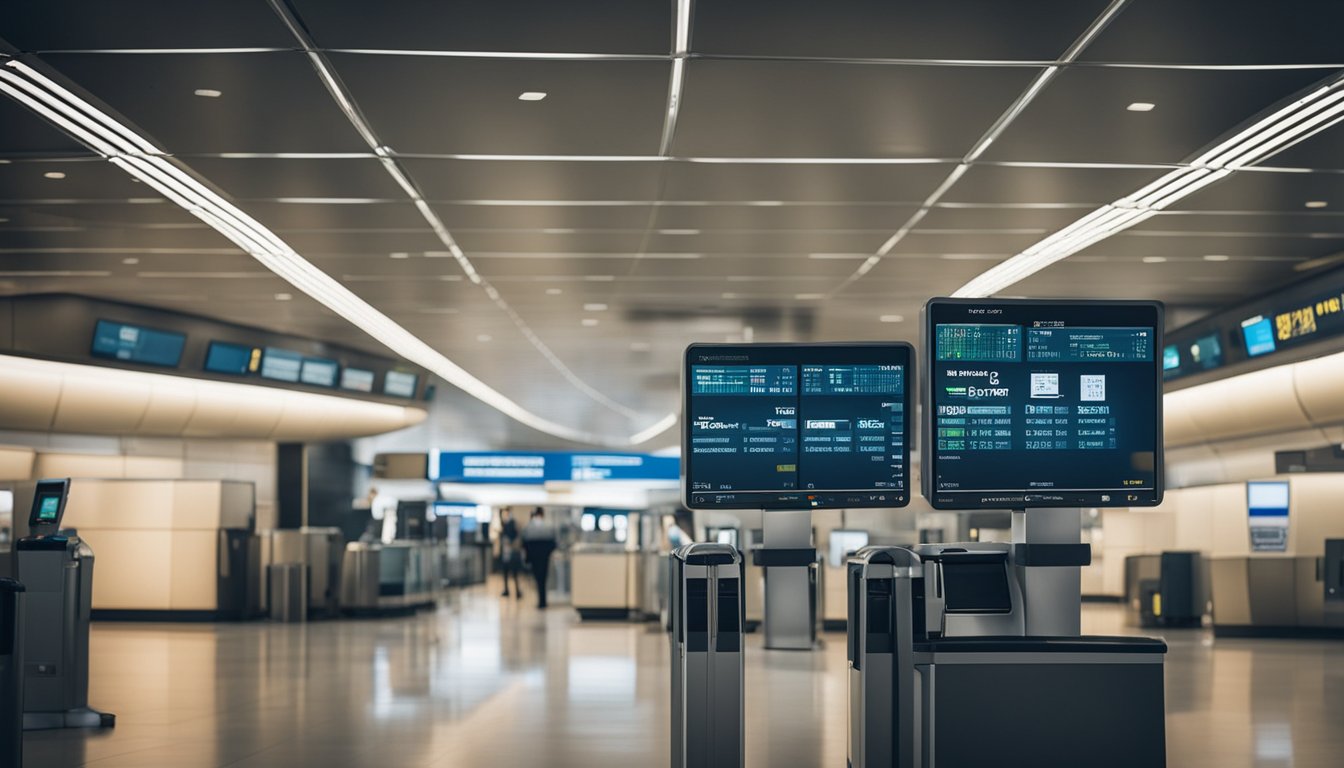
As air travel continues to grow in popularity, the need for efficient and seamless processes at airports becomes increasingly important. Digital scanning solutions are one such innovation that can significantly improve the passenger travel experience. These solutions leverage technologies such as biometric identification, real-time data, and artificial intelligence to provide personalized and contactless services that reduce stress and increase customer satisfaction.
By using digital scanning solutions, airlines and airports can streamline processes such as check-in, security, and boarding. For example, biometric identification can replace the need for physical documents and reduce wait times. Real-time data and predictive maintenance can help reduce operational costs and increase accuracy, while personalized offers and digital advertising can enhance the customer experience. Additionally, digital scanning solutions can help airports and airlines meet the expectations of customers who are increasingly relying on digital technologies in their daily lives.
Key Takeaways
- Digital scanning solutions can significantly improve the passenger travel experience by leveraging technologies such as biometric identification, real-time data, and artificial intelligence.
- These solutions can streamline processes such as check-in, security, and boarding, reducing wait times and increasing accuracy.
- By providing personalized and contactless services, digital scanning solutions can enhance the customer experience and help airports and airlines meet the expectations of customers who are increasingly relying on digital technologies.
Technology and Innovation in Air Travel
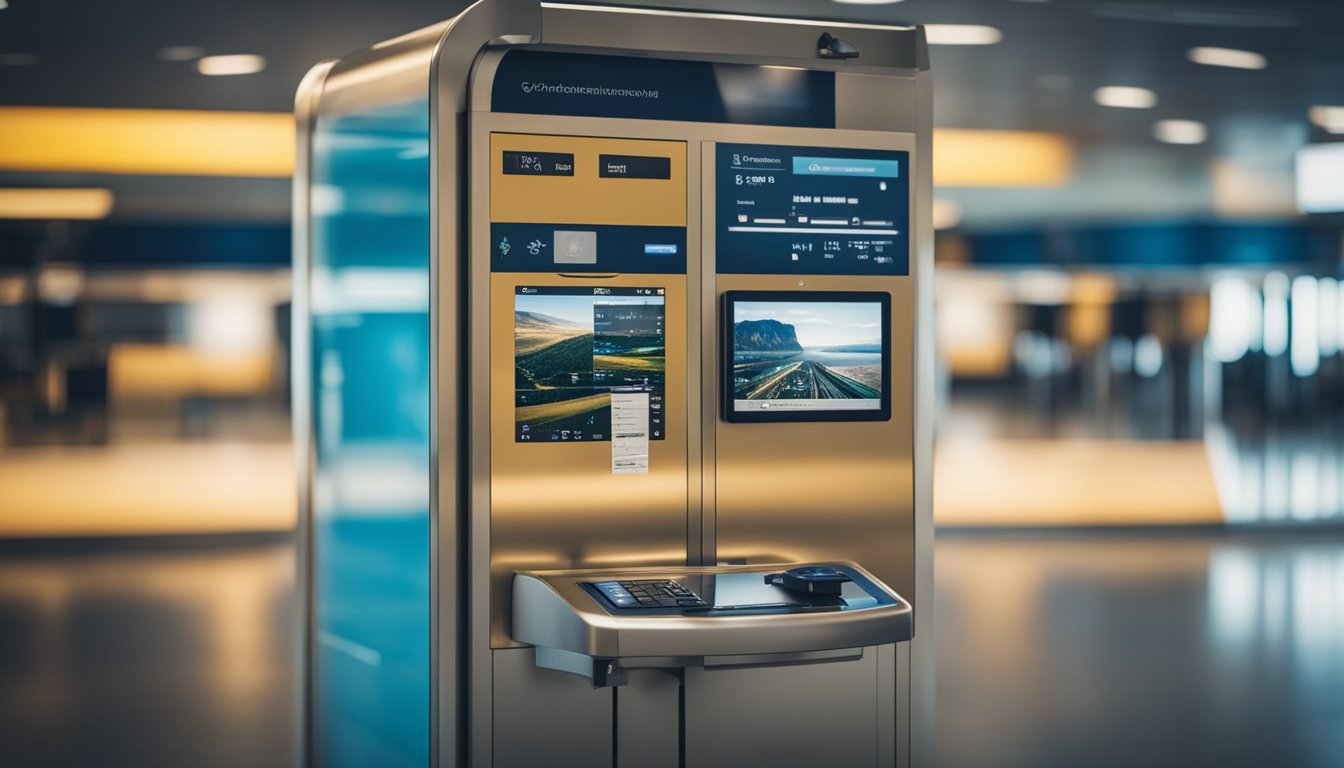
As technology continues to advance, the aviation industry has been quick to adopt new digital solutions to enhance the passenger experience. From digital check-ins to biometric scanning, airlines are investing in innovative technologies to streamline the travel process and make air travel more convenient and enjoyable for passengers.
Digital Transformation in Airlines
Digital transformation has been a key focus for airlines over the past few years. By adopting digital solutions, airlines can streamline operations and improve the passenger experience. For example, airlines are now using digital check-ins to reduce wait times and improve efficiency. Passengers can now check-in for their flights online or using self-service kiosks at the airport, eliminating the need to wait in long lines.
Artificial Intelligence and Real-Time Data
Artificial intelligence (AI) and real-time data are also playing a significant role in improving the passenger experience. Airlines are using AI to analyze passenger data and provide personalized recommendations and services. For example, airlines can use AI to suggest flight upgrades or recommend restaurants and activities at the destination.
Real-time data is also being used to improve the travel experience. Airlines can use real-time data to monitor flight schedules and adjust them as needed to minimize delays. Passengers can also receive real-time updates on flight status and gate changes, which can help reduce stress and anxiety during the travel process.
New Technology and Innovation
New technology and innovation are also driving improvements in the passenger experience. For example, biometric scanning technology is now being used to speed up the boarding process. Passengers can now board their flights using facial recognition technology, eliminating the need for boarding passes and reducing wait times.
In addition, airlines are investing in new technologies such as virtual reality and augmented reality to enhance the passenger experience. For example, passengers can now use VR headsets to explore their destination before they arrive.
Overall, technology and innovation are playing a crucial role in improving the passenger experience in air travel. By adopting digital solutions, airlines can streamline operations and provide personalized services to passengers. As technology continues to advance, we can expect to see even more exciting innovations in air travel in the future.
Improving Passenger Experience
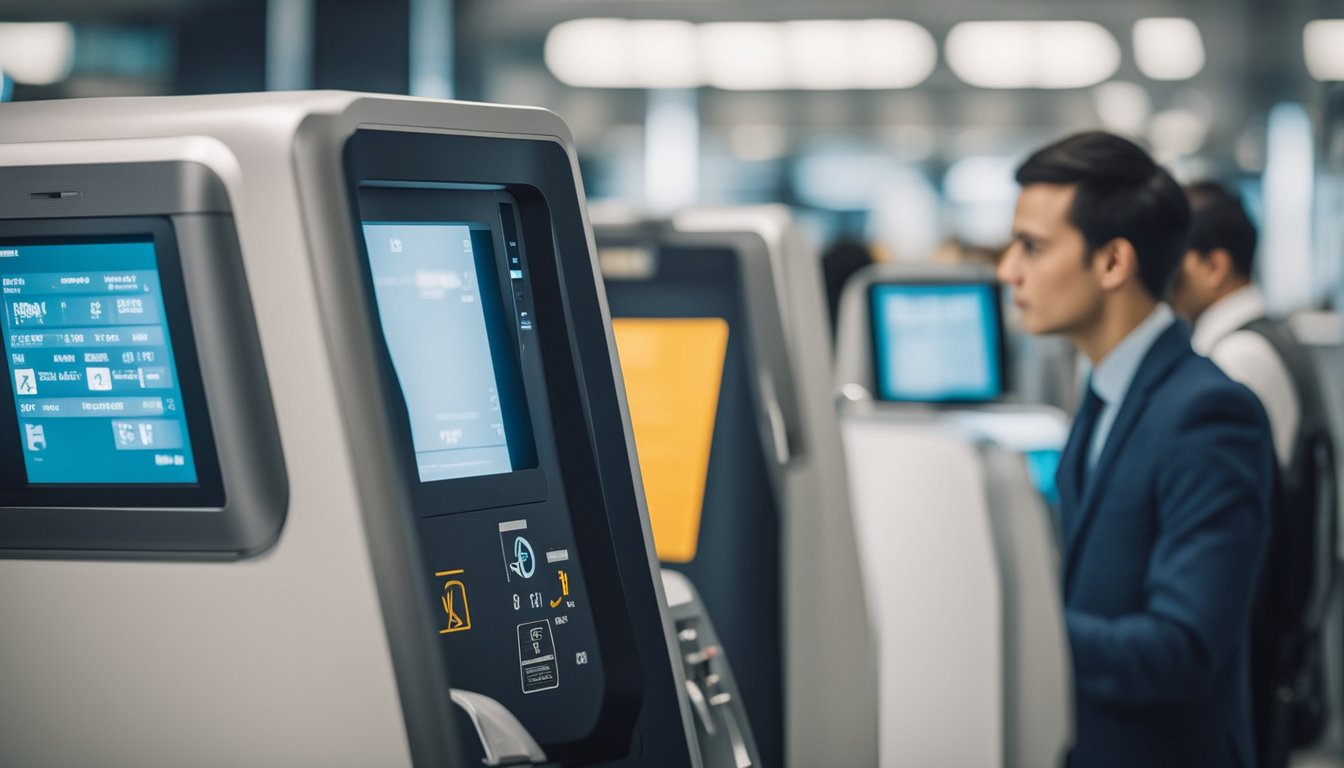
As air travel continues to evolve, improving the passenger experience has become a top priority for airlines and airports. Digital scanning solutions have played a significant role in enhancing customer satisfaction by providing a seamless, personalized, and contactless travel experience.
Seamless Travel Experience
With the rise of mobile apps and self-service solutions, passengers can now enjoy a seamless travel experience from check-in to boarding. Mobile check-in and boarding pass scanning have eliminated the need for paper tickets, reducing wait times and improving efficiency. Biometrics technology, such as facial recognition and fingerprint scanning, has also made the process faster and more secure, allowing passengers to breeze through security checkpoints with ease.
Personalized Services and Offers
Digital scanning solutions have also enabled airlines to offer personalized services and offers to passengers. By collecting data on passenger preferences and behaviors, airlines can tailor their services and promotions to individual needs, increasing customer satisfaction and loyalty. For example, airlines can use digital passports to store passenger information and offer personalized recommendations for travel destinations and activities.
Contactless and Mobile Solutions
In the wake of the COVID-19 pandemic, contactless travel has become more important than ever before. Digital scanning solutions, such as mobile check-in and boarding pass scanning, have allowed passengers to avoid touching high-contact surfaces and reduce the risk of transmission. Mobile apps also provide a convenient way for passengers to access important travel information, such as flight updates and gate changes, from their smartphones.
Overall, digital scanning solutions have had a significant impact on passenger satisfaction and have transformed the air travel experience. With the implementation of one ID and digital passports, the future of air travel looks promising as passengers can expect a more seamless and personalized journey.
Operational Efficiency and Revenue Growth
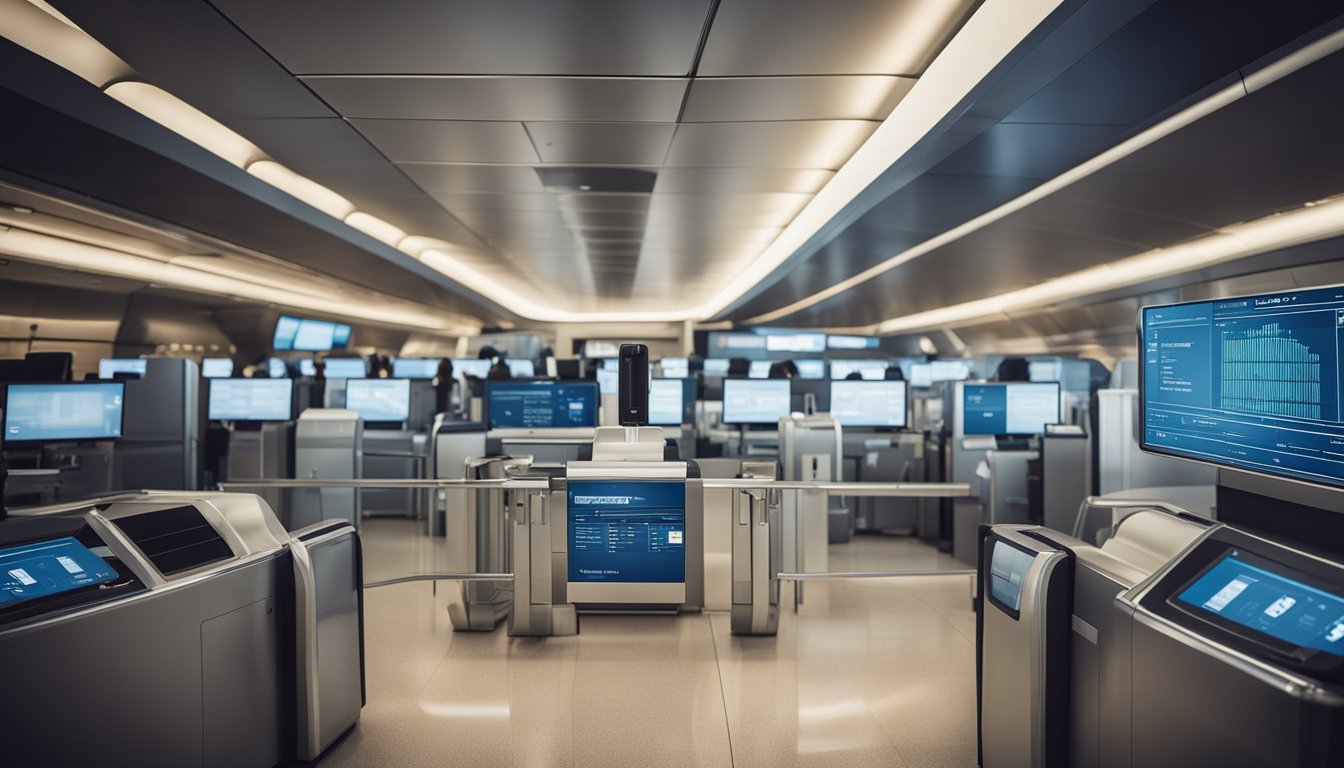
As airlines continue to face operational challenges, digital scanning solutions for air travel have emerged as a vital tool to improve passenger travel experience. By leveraging technology, airlines can achieve operational efficiency, reduce costs, and increase revenue through digital services. In this section, I will discuss how digital scanning solutions can improve operational efficiency and revenue growth for airlines.
Operational Efficiency and Cost Reduction
Digital scanning solutions can improve operational efficiency by automating various airport processes. For example, self-service bag drop systems can reduce check-in times and eliminate the need for manual bag tagging, resulting in faster and more efficient processing times. This can also reduce the need for staff, thereby lowering operational costs.
Another way digital scanning solutions can reduce operational costs is through predictive maintenance. By using sensors and data analytics, airlines can monitor equipment and identify potential issues before they become major problems. This can help reduce downtime, maintenance costs, and improve overall operational efficiency.
Increasing Revenue through Digital Services
Digital scanning solutions can also help airlines increase revenue by providing additional services to passengers. For example, self-service kiosks can offer passengers the ability to purchase additional services such as lounge access, priority boarding, and extra baggage allowance. This can not only increase revenue but also improve the passenger experience by providing more options.
In addition, digital scanning solutions can help airlines improve retail revenue by providing targeted offers to passengers based on their travel history and preferences. This can be done through collaboration with retail partners and by leveraging data analytics to provide personalized offers.
In conclusion, digital scanning solutions for air travel can improve operational efficiency and revenue growth for airlines. By reducing costs and increasing revenue through additional services and targeted retail offers, airlines can improve the passenger travel experience while also achieving their business objectives.
Future Trends and Challenges
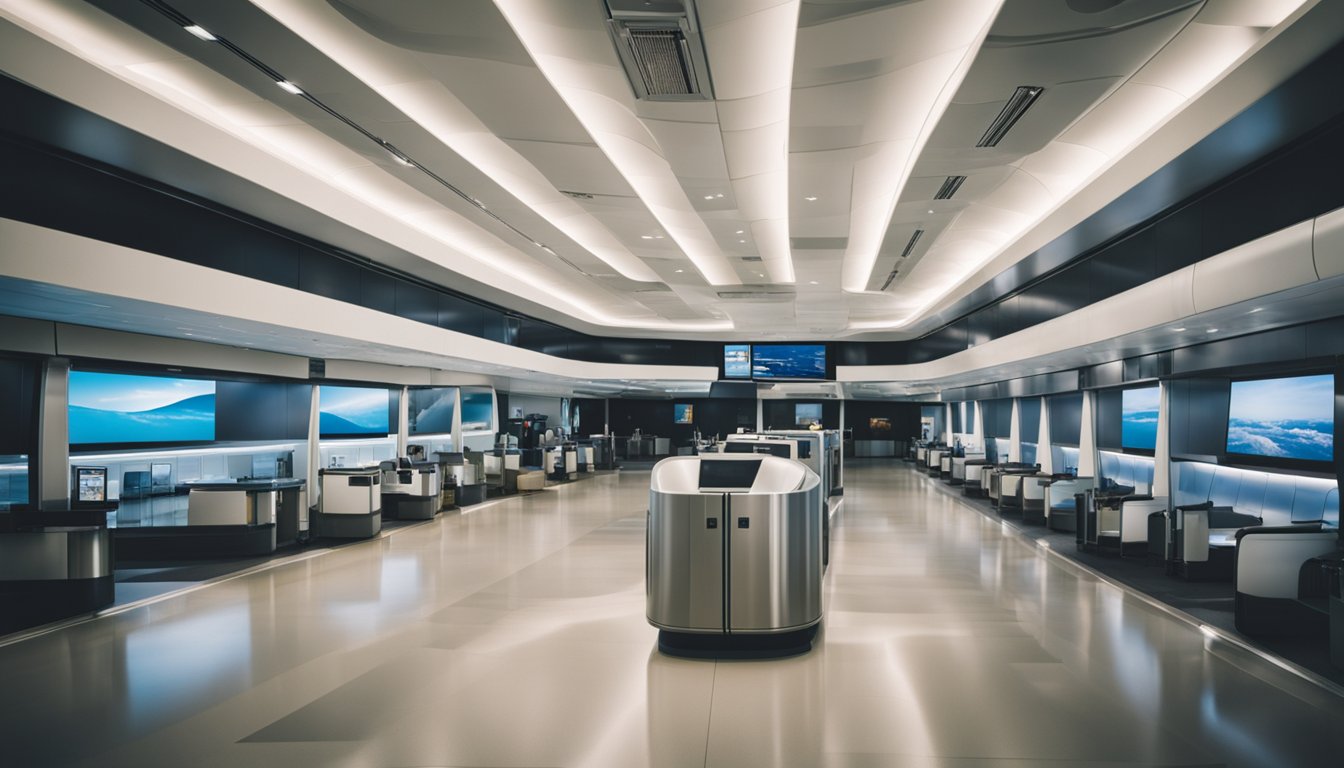
As digital scanning solutions continue to revolutionize air travel, there are a number of future trends and challenges that will shape the industry in the years to come. In this section, I will explore two key areas that will have a significant impact on the future of air travel: sustainable and eco-friendly solutions, and the impact of Covid-19 on air travel.
Sustainable and Eco-Friendly Solutions
As concerns about climate change continue to grow, the aviation industry is under increasing pressure to find more sustainable and eco-friendly solutions. Digital scanning solutions have the potential to play a key role in this effort, by reducing the need for paper tickets and boarding passes, and by streamlining the check-in process to reduce wait times and minimize fuel consumption.
In addition, airlines are exploring new technologies that can help reduce their carbon footprint, such as electric and hybrid planes, as well as sustainable biofuels. As these technologies continue to develop, it is likely that we will see more sustainable and eco-friendly solutions become commonplace in the aviation industry.
Impact of Covid-19 on Air Travel
The Covid-19 pandemic has had a profound impact on the aviation industry, with many airlines and airports struggling to stay afloat in the face of reduced demand and increased safety measures. Digital scanning solutions have played a crucial role in helping to mitigate the impact of the pandemic, by reducing the need for physical contact and minimizing the risk of transmission.
As we move forward, it is likely that digital scanning solutions will continue to be an important part of the industry's response to Covid-19, as well as other infectious diseases that may arise in the future. However, there are also challenges that must be addressed, such as the need to balance safety with the need for speed and efficiency, and the need to ensure that digital scanning solutions are accessible to all passengers, regardless of their technological proficiency.
In conclusion, the future of air travel is likely to be shaped by a number of trends and challenges, including the need for sustainable and eco-friendly solutions, and the ongoing impact of the Covid-19 pandemic. By staying ahead of these trends and addressing these challenges head-on, the aviation industry can continue to provide passengers with a safe, efficient, and enjoyable travel experience.
Frequently Asked Questions
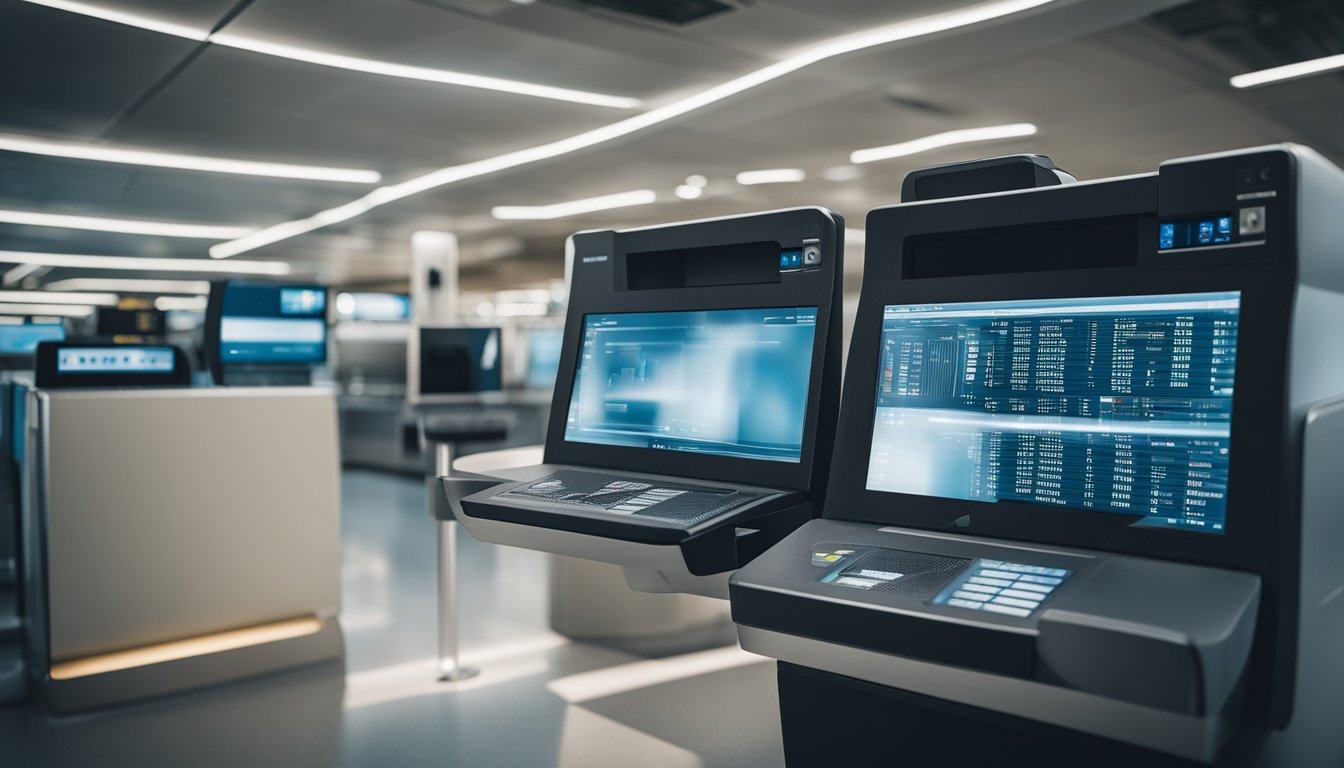
What are digital travel documents and how do they improve the air travel experience?
Digital travel documents are electronic versions of traditional travel documents such as passports and boarding passes. They are stored on a mobile device and can be accessed through a mobile app or email. Digital travel documents can improve the air travel experience by reducing the need for physical documents, making the check-in process more efficient, and reducing the risk of lost or stolen documents.
How does Timatic help passengers with entry requirements and visa checks?
Timatic is an online database that provides information on entry requirements and visa checks for passengers traveling internationally. It helps passengers determine the necessary travel documents they need for their trip, such as visas, passports, and health certificates. Timatic can be accessed through airline websites or mobile apps, and it helps passengers avoid the hassle of being denied entry into a country due to incorrect or incomplete travel documents.
What are the benefits of using IATA's online check-in system?
IATA's online check-in system allows passengers to check-in for their flight from their mobile device or computer, reducing the need to wait in long check-in lines at the airport. It also allows passengers to select their seat, print their boarding pass or save it to their mobile device, and pay for any additional services such as baggage fees. Online check-in can save passengers time and reduce stress, making the air travel experience more enjoyable.
How can airlines improve customer service to enhance passenger experience?
Airlines can improve customer service by providing clear and concise information about flight delays or cancellations, offering flexible rebooking options, and providing personalized services such as in-flight entertainment and food options. Airlines can also use customer feedback to improve their services and ensure that passengers have a positive experience.
What technology is used for automatic gate unlocking after scanning an air ticket?
Automatic gate unlocking is typically achieved through the use of Near Field Communication (NFC) technology. NFC allows for secure communication between a mobile device and a gate reader, allowing the gate to unlock automatically after a passenger's ticket has been scanned. This technology can improve the boarding process by reducing the need for manual gate checks and allowing for a more seamless boarding experience.
What is web scanning at airports and how does it improve the check-in process?
Web scanning is a technology that allows passengers to scan their mobile boarding pass or printed boarding pass at a self-service kiosk or gate reader. This technology can improve the check-in process by reducing the need for manual check-ins and allowing passengers to check-in for their flight quickly and easily. It also reduces the amount of paper waste generated by traditional boarding passes, making air travel more environmentally friendly.

We are committed to delivering a new level of automation that will help organizations save time, money, and staffing resources.
 WRITE FOR US!
WRITE FOR US!
